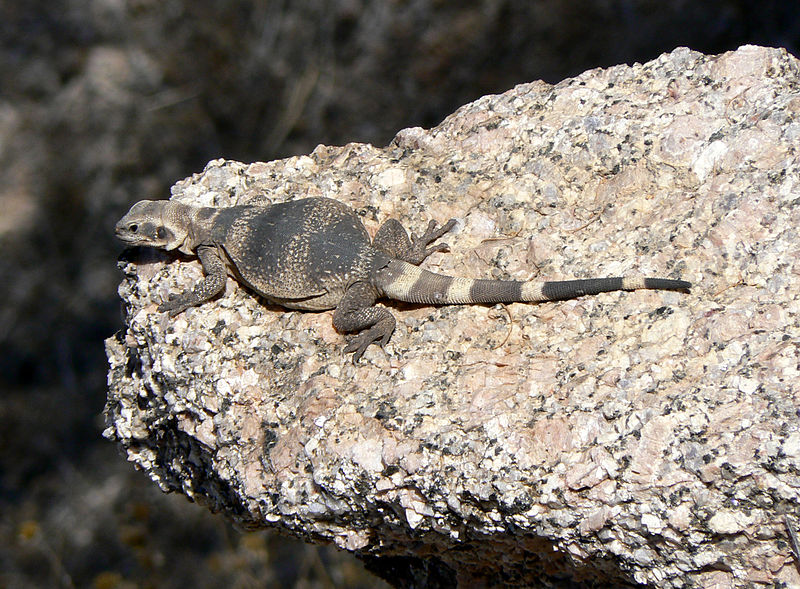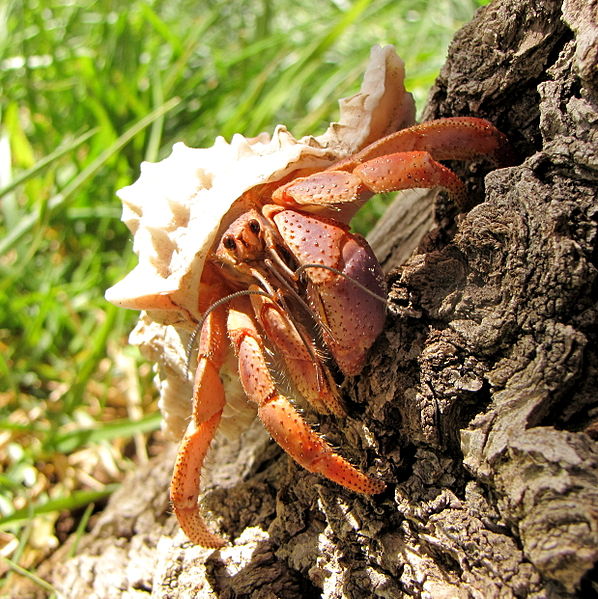Today I’d like to highlight a question that was recently posed on this blog concerning the use of wild-caught invertebrates as pet food. The writer expressed the well-founded concern that fertilizers might render such invertebrates toxic, and also asked about the possibility of parasite transmission.
Fertilizers
Fertilizers might be a concern for invertebrates collected in high use situations, such as insects seined from farm ponds or earthworms taken from golf courses. Frogs in farm ponds are being affected by fertilizers, but likely directly, through water absorption, rather than via diet. I always play it safe and avoid such areas, and I do not collect insects, such as roaches or Japanese Beetles, that are the focus of pest-control campaigns. Read More »
 That Reptile Blog – Reptile, Amphibian and Exotic Pet Care and Information
That Reptile Blog – Reptile, Amphibian and Exotic Pet Care and Information


